Modesty and splendour: the two sides to the Federal Palace
Attracting tourists from all over the world, yet largely unknown to the Swiss at home, the Federal Palace stands out from other seats of power. Our journey begins at the very heart of the building, which mirrors the political structure of the country it represents.
"How can we get into the cathedral?" a group of tourists on the Bundesplatz ask, mistaking the imposing Federal Palace and its dome adorned with a cross for a place of worship. Although it's an amusing anecdote, the term 'civil religion' coined by Jean-Jacques Rousseau fits the building like a glove – a monument that glows with the legislative and democratic power it exercises over Switzerland like a spiritual doctrine. There are even a few religious symbols concealed within the sturdy and grand edifice, such as a statue just below the dome of Switzerland's patron saint Nicholas of Flüe, whose spirit of peace, moderation and unwillingness to meddle in the affairs of others continues to permeate the national culture to this day.
The construction itself is very much inspired by the Roman Pantheon, according to art historian and professor at the Faculty of Theology at the University of Bern Johannes Stückelberger, because of the building's choir, stained-glass dome, painted crown at the top and the cross-shaped arrangement of the rooms. As Stückelberger writes in his 2014 thesis on national representation and civil religion, "Whoever enters the Federal Palace enters a holy place... Parliament's work itself becomes a sacred act, or something that should at the very least be carried out for the 'sanctity' of the Swiss Confederation."
With its castle-style main entrance and wings flanking both sides, the Federal Palace fully lives up to its name. The architect, Hans Wilhelm Auer, wanted the grey-green building to blend in with the city's grey facades on the north side. But from its southern side, the building sits majestically above the River Aare, nestled among the neighbouring houses in the Bernese valley.
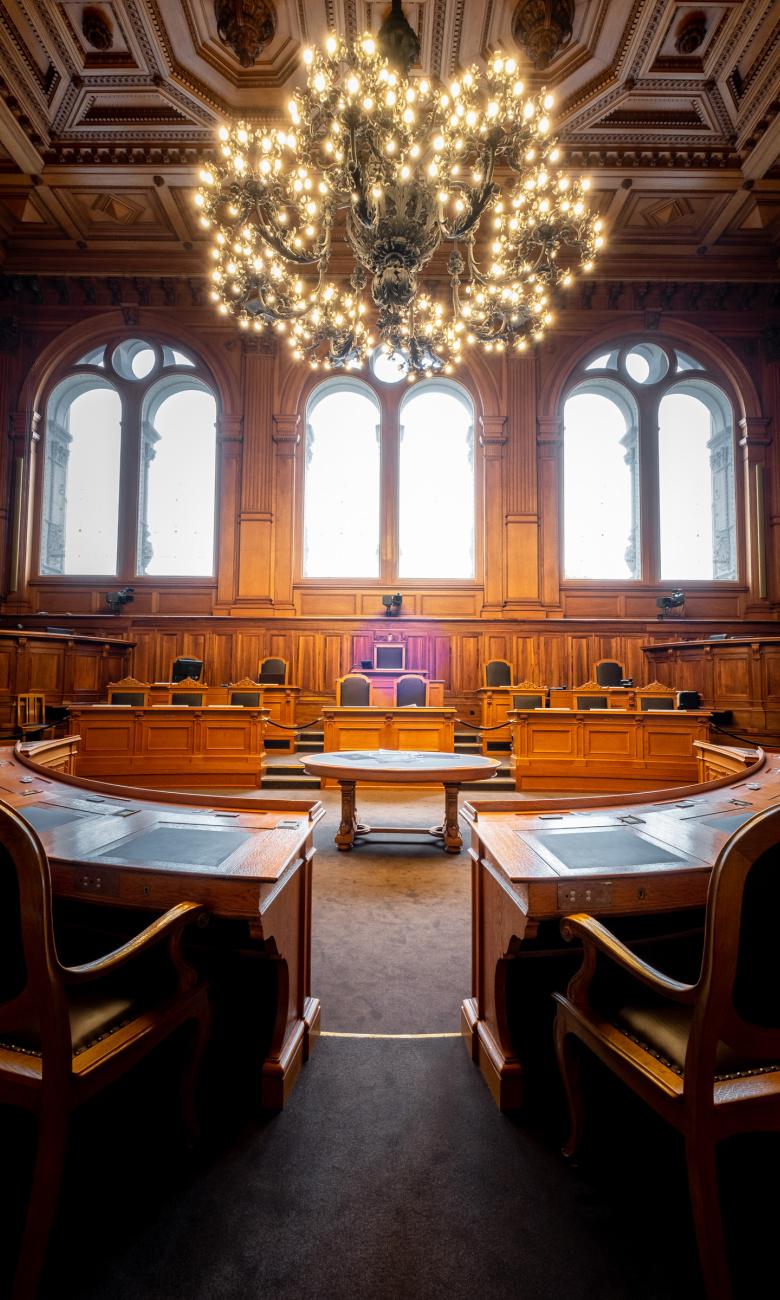
Follow the librarian
The meeting point is at the entrance to the west wing. You have to get a badge and go through security to get in. The parliamentary library, which isn't open to the public, is on the second floor next to the office of Ignazio Cassis, head of the Federal Department of Foreign Affairs. "This is where everything changed," says historian turned librarian Diego Hättenschwiler, who works for the Parliamentary Services.
At its first session in 1848, the new Swiss parliament selected Bern as the country's federal capital. This was a milestone in the history of the Swiss Confederation. Before then, Switzerland's Federal Diet had met variously in Zurich, Lucerne, Baden or even Frauenfeld, depending on the period in history. In its gratitude, the city of Bern commissioned the construction of the original Federal Palace – today's west wing – at a huge cost for the time, explains Hättenschwiler.
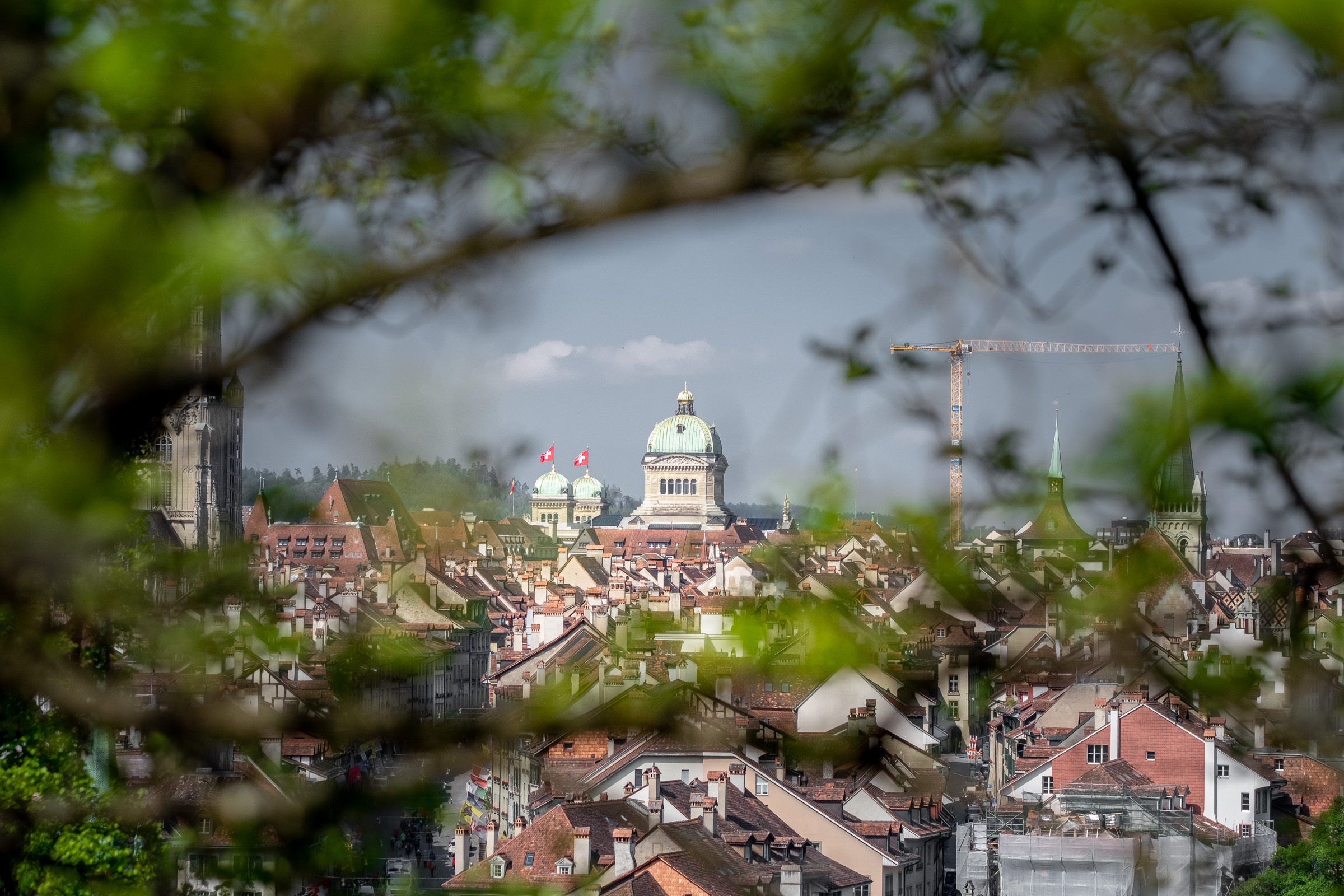
Swiss history in the making
The west wing initially housed both parliamentary chambers as well as the entirety of the federal administration. The library is therefore inextricably linked with the great history of this country. At the back of the room, there's a painting of law professor Eugen Huber (1849-1923). "It was he who drew up the first draft of the Civil Code" says Hättenschwiler enthusiastically. "This historic room also bore witness to the decision in 1870 to build the Gotthard tunnel, making it possible to cross from the Swiss Alps into Italy. And in 1874, it was here that the Swiss Constitution was completely revised."
It was this revision coupled with the allocation of new powers that necessitated an expansion of the Federal Palace: more civil servants meant more space was needed. "We also had more money, so we decided to build something impressive" adds Hättenschwiler. Part of the former local hospital, the Inselspital, had to be sacrificed in order to free up space for a second wing, which was built symmetrically to the first and completed in 1892. Work on the building's central part continued until 1902, when the two chambers were finally able to move in. The historic National Council chamber was ultimately turned into the parliamentary library, located on several floors. Only the five large arched windows remain the same.
Mirroring national unity
A new era was beginning for Switzerland just as its elected representatives were settling into their new home. The former Swiss daily Journal de Genève gave a detailed account of the 1 April inauguration, reproducing large excerpts of the speeches held at the event. "Rising from its magnificent terrace, the entire construction gives the impression of grandeur and majesty" exclaimed then president Josef Zemp, who also paid tribute to the architect, Hans Wilhelm Auer, and the building's modernity.
"The lighting, heating and ventilation systems were installed with every modern scientific sophistication" he enthused, going on to highlight the political significance of the building: "The chambers of the National Council and the Council of States are both separate, yet closely linked. The Swiss people, divided into states, also recognise that they are one nation." The theme was also taken up by the vice-president of the National Council: "The Federal Palace is a manifestation of the firm sense of nationhood that has been steadily growing since 1848. It represents the country's strong national cohesion."
The sentiment can be seen in the buildings every nook and cranny. Its symmetry emphasises the equality of the two chambers that pass the country's laws, the Council of States sitting in the north and the National Council in the south. The dome, set with the crests of all the country's cantons, is poised perfectly in the middle. And just above the pediment, a triad of female statues symbolising the three-fold concept of the separation of powers: political independence centre stage, flanked by the executive on one side, and the legislature on the other.
The importance of symbols
The Federal Palace is like a living book about Switzerland, its history and evolution. The buildings design is an intelligent one, according to National Councillor Dominique de Buman of the Christian Democratic People’s Party, who was the president of the National Council from 2017 to 2018. He vividly recalls how the stone construction also weighs heavily on Switzerland's elected representatives:
When you go down the stairs to the reception area after an election, you're struck by the sheer weight of the building and, in turn, that of your position.
The 24-tonne statue of the Three Confederates – whose outstretched hands hold on to the Federal Charter of 1291 – acts as a powerful reminder to the parliamentarians circulating the domed hall. And above their heads, the flag of Jura – the Confederation's newest canton, which just celebrated its 40th anniversary and was added to the other crests in the stained-glass dome. All of the materials used to construct the Federal Palace have come from the country's different regions. "The symbols are important, because they represent the Confederation in its entirety" explains de Bauman. "When I walk in, I'm reminded of the mission before us. We are here for each other."
The extensive windows do not simply reflect the architectural style at the end of the 19th century, which favoured brighter interiors, but are also a symbol of the Federal Palace's transparency – Switzerland's elected representatives must be able to see the world, and be seen by their electorate. In fact, the Swiss public can literally see all 208 national councillors at work when the chamber's chandelier, with exactly the same number of bulbs, is lit up. The Federal Palace is also freely accessible. "It isn't sealed off from the public. It's the people's parliament, not an exclusive venue. Parliamentarians can also invite guests to sit in the galleries during a session."
The National Council chamber, a place of power built under the public eye, is a veritable theatre: there are two entrances, a main stage where the president sits, a lectern for speakers, and an audience made up of councillors, and private and public galleries. Journalists have front row seats at both ends of the stage. Above, the statues of William Tell and Gertrud Stauffacher – who inspired her husband, one of the original confederates, to unite the three cantons – watch over the councillors.
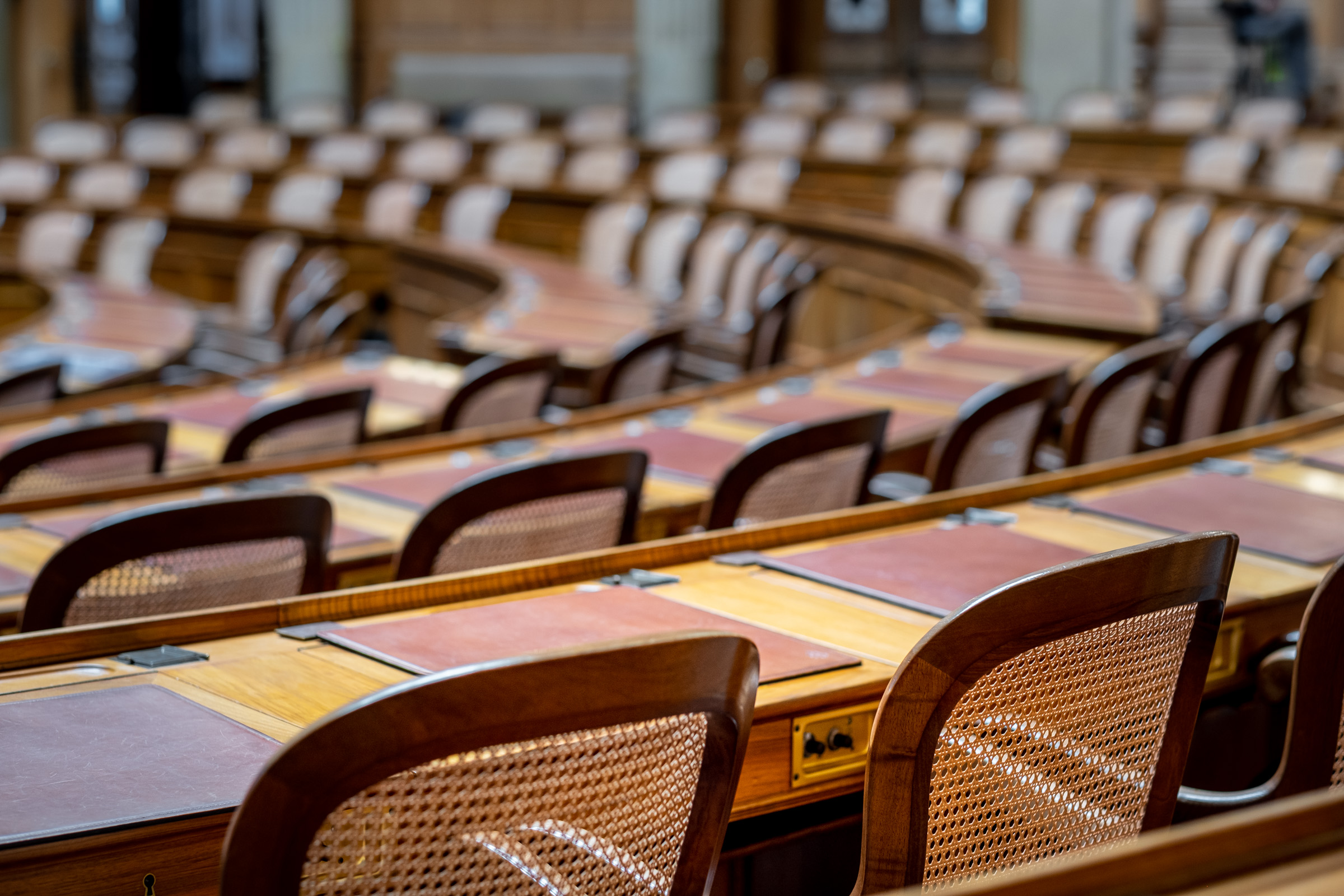
Balance of powers
The chamber's 200 wooden seats are simple with cane backrests. Councillors sit according to their party, from left to right. In front of them, the old inkwells in the desks have been converted into electronic voting devices. To prevent cheating, each councillor has to press another button located underneath their desk at the same time. Along the lengths of the walls, beneath the cantonal coats of arms, are well-worn leather-upholstered wooden seats for the 46 Council of States members who also come to the chamber for meetings of the Federal Assembly.
Between two columns at the back, an extra pair of seats have been readied for the representatives from Jura. The famous Cradle of the Confederation painting, completed in 1902 by Genevan-born Charles Giron, adorns the backdrop like a curtain that never comes down. It depicts an aerial view of the Rütli, where the Federal Charter was concluded. Set amongst the clouds are the clear outlines of a nude with wings, holding a golden olive branch in her hand.
The design of the Council of States chamber on the same level is very similar except that the leather seats are blue. This is where Albert Welti's panoramic painting of the Landsgemeinde – replete with portraits of actual citizens illustrating the democratic and grassroots origins of the Swiss parliament – gazes down at the president of the council. There are two seats for National Council members who act as observers in certain debates, such as the recent vote on parental leave.
Democratic proximity
Federal Square is also central to the concept of the Federal Palace. This is where ordinary folk can have direct contact with parliamentarians leaving and entering the building. And it's why it draws large groups of ordinary citizens and trade unionists during rallies and demonstrations. "Everyone has the right to express their views. People come up to us to shake our hands or give us a leaflet" explains de Bauman. "Recently, we've been approached by a lot young people urging us to address the climate issue. You can't find such familiarity anywhere else. It's democratic proximity."
Demonstrations, however, are not permitted when Parliament is in session – made visible by the Swiss flag hoisted towards Federal Square. Last 14 June, the day of the women's strike in Switzerland, was the first time that a session was interrupted. This was requested by the president of the National Council, Marina Carobbio Guscetti, who wanted to greet the procession along with her vice-president and other women councillors.
She also requested – as a tribute to the presence of women in the Federal Palace – that commemorative plaques with the names of the first women elected to Parliament be attached to the desks where they used to sit. Names such as Elisabeth Blunschy-Steiner, the first woman president of the National Council from 1971 to 1987, now inscribed on desk number 79. And in the chamber of the Council of States, the name of Genevan-born Lise Girardin (1971–75) was added to desk number 18. The Federal Palace – modest yet ostentatious, accessible but also discreet – is a symbol of Switzerland's diversity and unity, adapting to the evolution of its own purpose, and to that of society's.
Translation of an article originally published in Le Temps in July 2019
